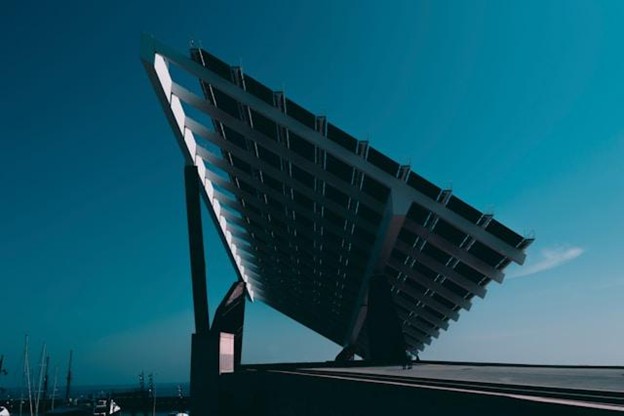The U.S. The Treasury Department just dropped a policy change that could send shockwaves through America’s renewable energy industry.
If you’re in the business of building large-scale solar arrays or wind farms, you might want to brace yourself because qualifying for those juicy federal tax credits just got harder.
Until now, big solar and wind projects could secure federal tax credits simply by showing that they’d invested a certain amount of capital, specifically, 5% of the project’s total cost, before a credit expired or stepped down in value.
This was known as the “safe harbor” rule, and it gave developers a four-year cushion to finish their work.
But starting September 2, 2025, that flexibility disappears for large-scale projects. The new rules require developers to show “substantial and continuous physical work” before they can claim subsidies.
That means no more getting credit for paperwork, permits, or just stockpiling equipment. Actual construction must be underway, and it must keep moving forward.
These revisions are part of an executive order from President Donald Trump, following his signing of the One Big Beautiful Bill Act last month. The law is already phasing out wind and solar subsidies over the next two years, and this latest move tightens the definition of what counts as “under construction.”
Trump has made no secret of his skepticism toward renewable energy. Since taking office in January, he’s repeatedly criticized wind and solar as “unreliable, expensive, and overly dependent on Chinese supply chains.” This latest shift appears aimed at slowing, or at least making more selective, the pace of renewable development in the U.S.
If you’re in the residential solar business or working on smaller installations under 1.5 megawatts, you can breathe a little easier. The 5% safe harbor rule still applies to you, which means home solar projects and small community arrays won’t face the same physical construction requirement.
As expected, the renewable energy sector is not thrilled. Abigail Ross Hopper, CEO of the Solar Energy Industries Association, called the move “yet another act of energy subtraction” from the Trump administration.
She warned that this will slow the buildout of affordable, reliable power and potentially raise electricity costs for families and businesses. More critically, she pointed out the geopolitical risk: “China will continue to outpace us in the race for electricity to power AI.”
This policy change lands at a critical moment. Global demand for clean energy is soaring, driven by AI data centers, electric vehicle charging networks, and climate commitments from governments and corporations.
The U.S. has been trying to compete with China’s dominance in solar manufacturing and deployment, but stricter subsidy rules could put America’s renewable momentum at risk.
For large-scale developers, the race just got a lot more intense. Projects must now be physically underway by July 2026 to qualify for the full 30% tax credit (plus possible bonuses). Miss that window, and the subsidy shrinks or disappears.
Fewer big projects may break ground in the next year, as developers scramble to meet the new definition of “construction.” Supply chain bottlenecks, already a challenge, could worsen as developers rush to get physical work started.
Smaller, distributed solar could see a boost since it’s exempt from the tighter rules.
China’s lead in renewable tech might grow if U.S. deployment slows.
In short: If the goal was to make sure only “serious” projects qualify, the Treasury just raised the bar. But in doing so, the U.S. might also be slowing down its clean energy transition at a time when the world’s biggest economies are racing ahead.



